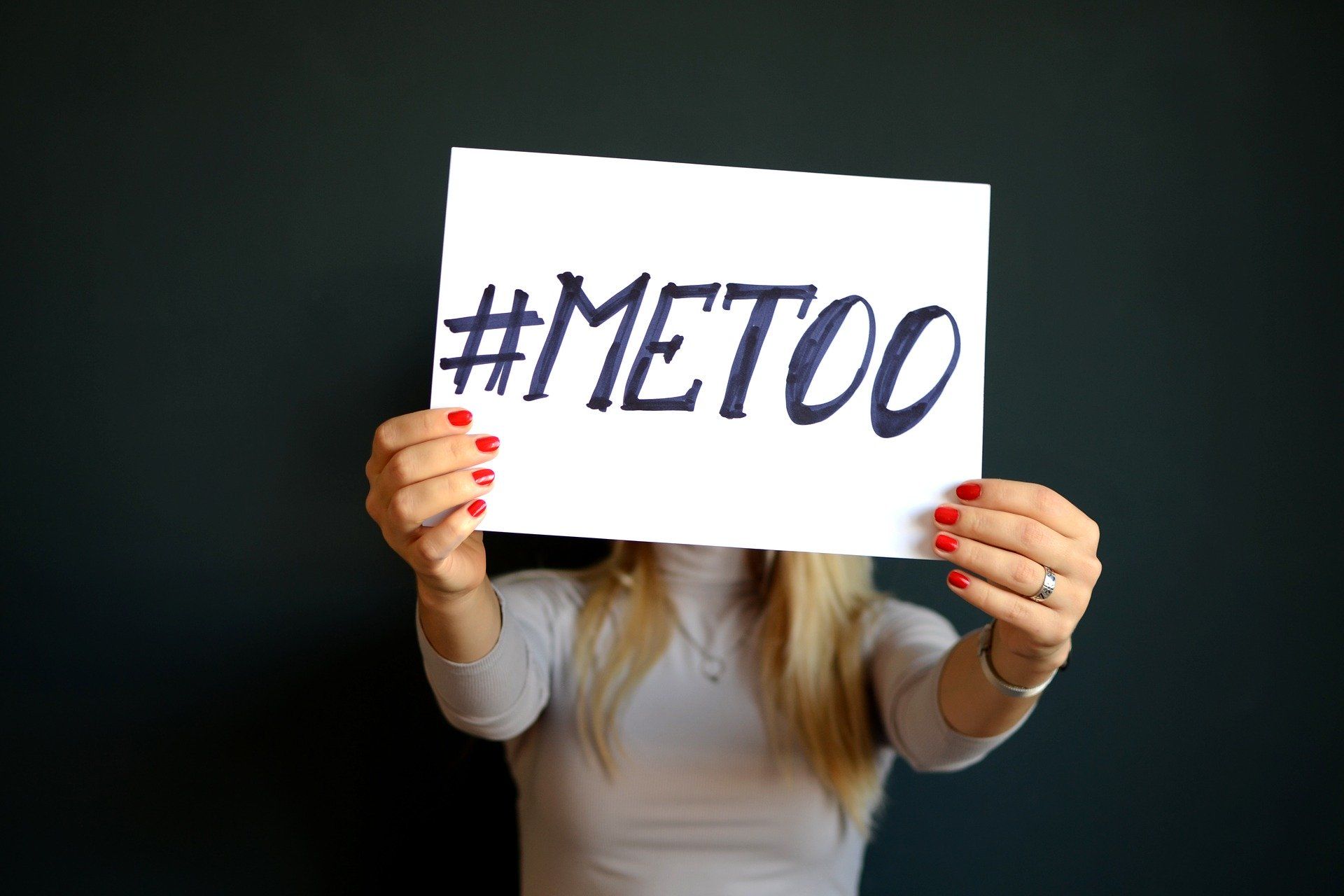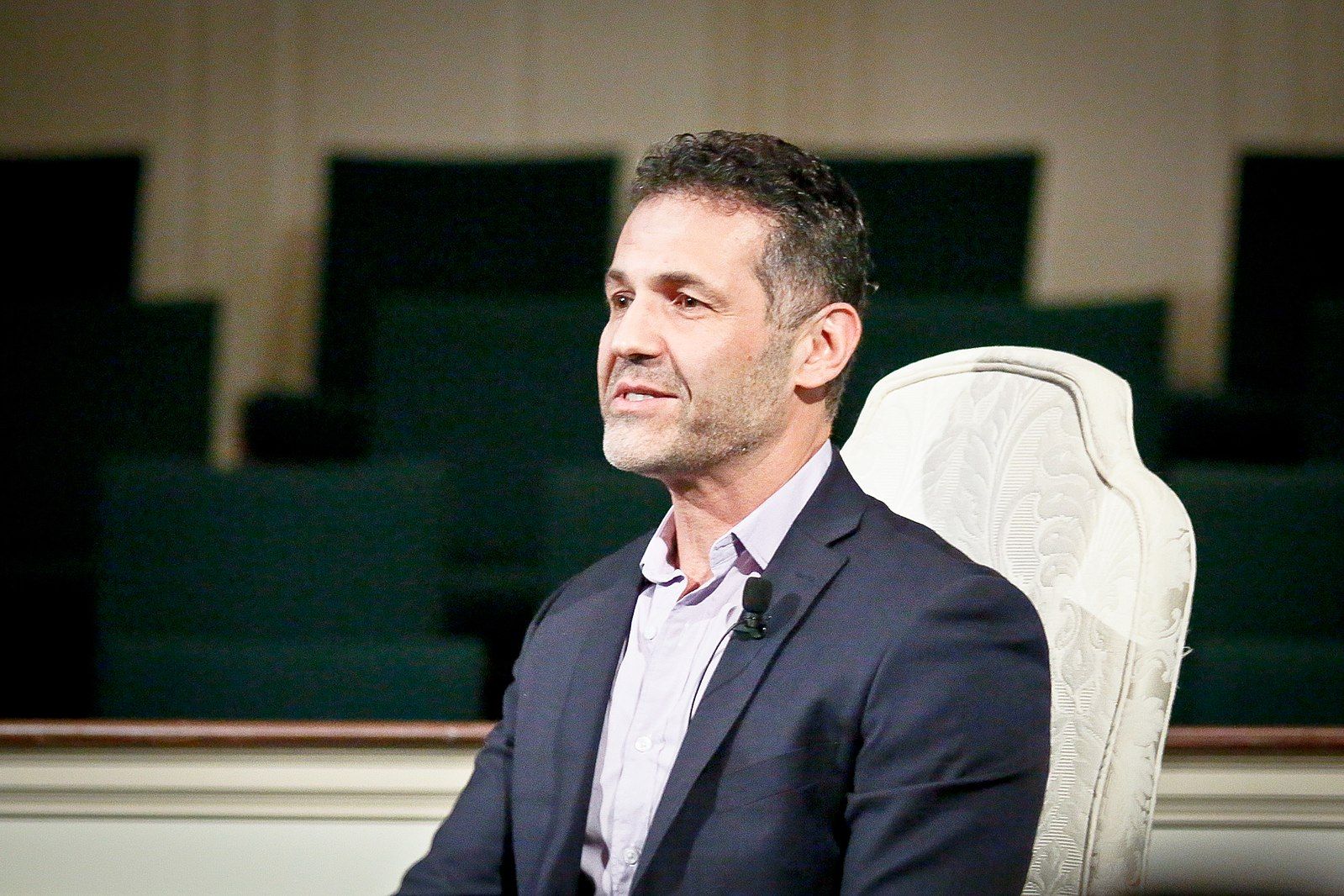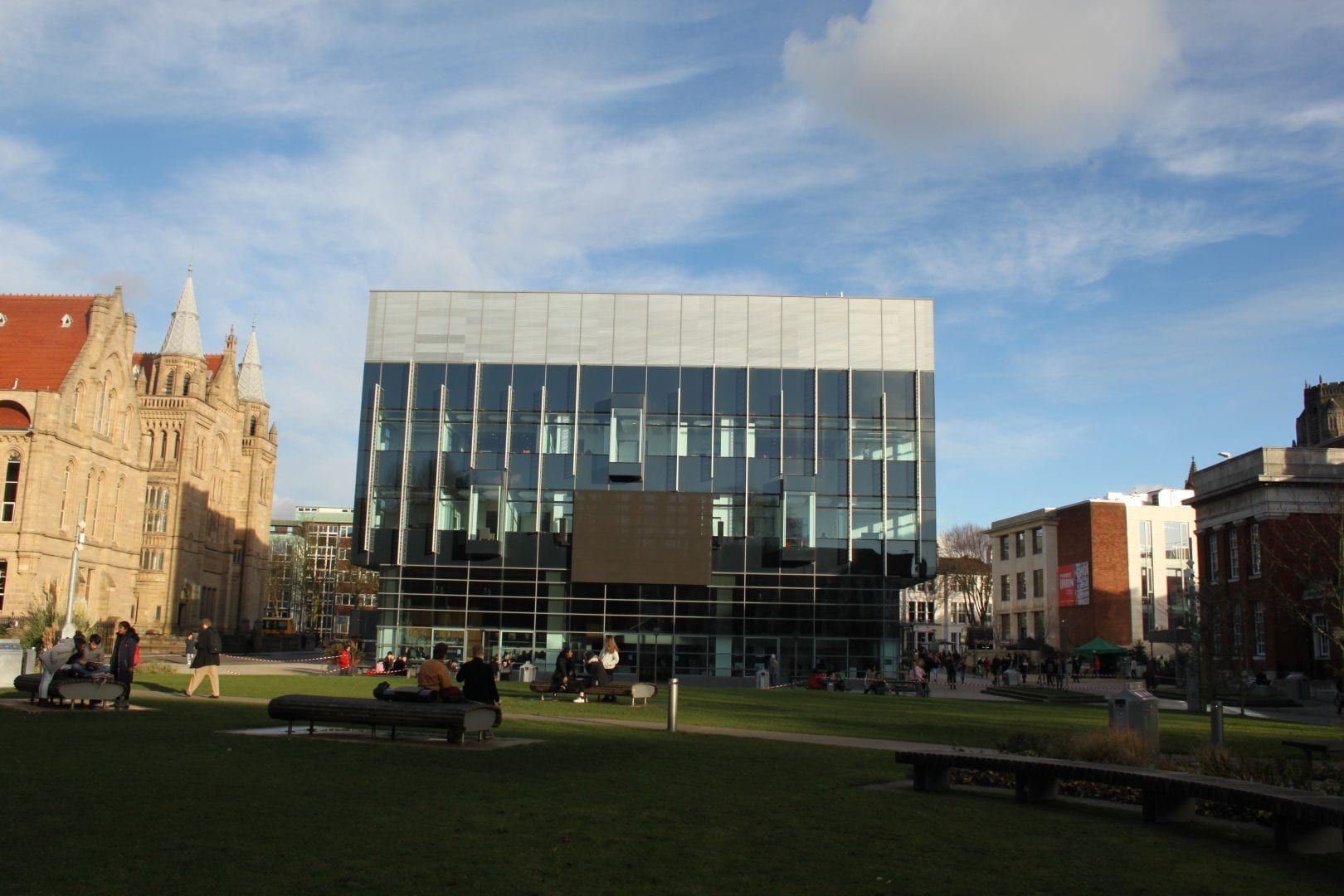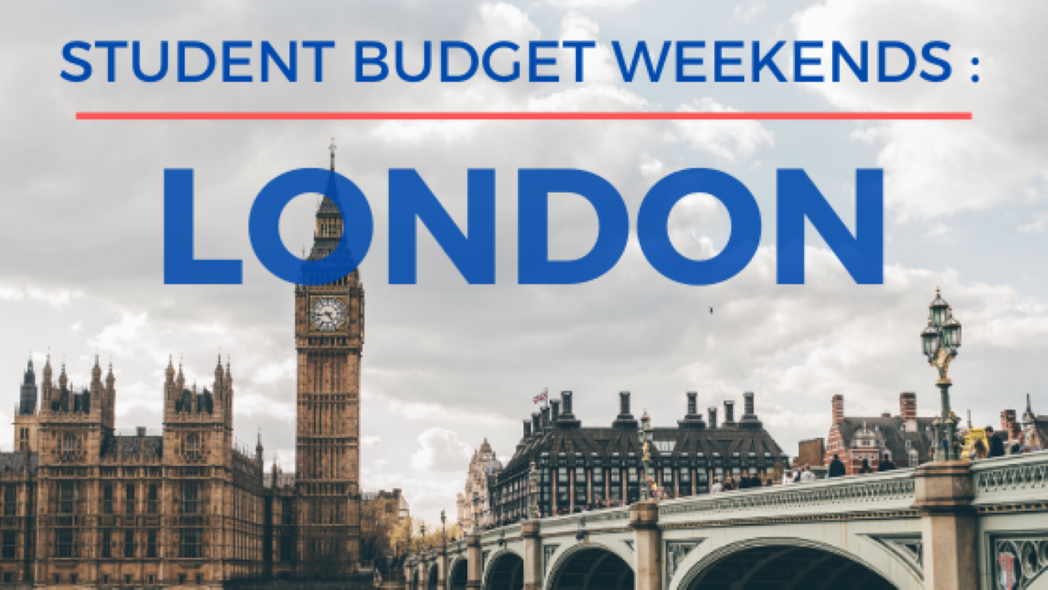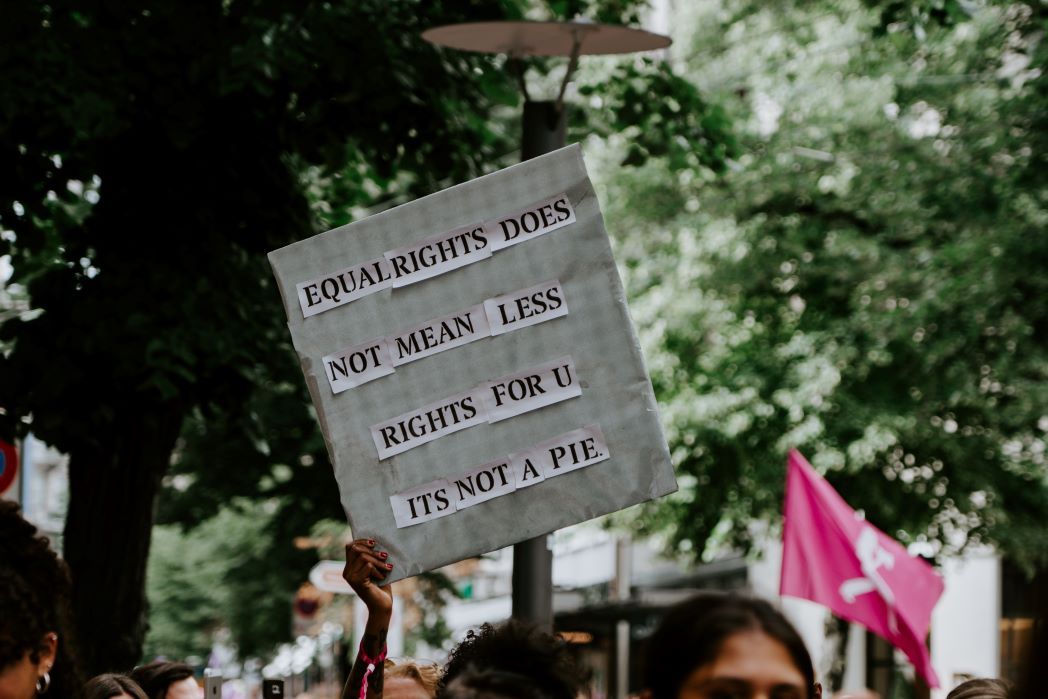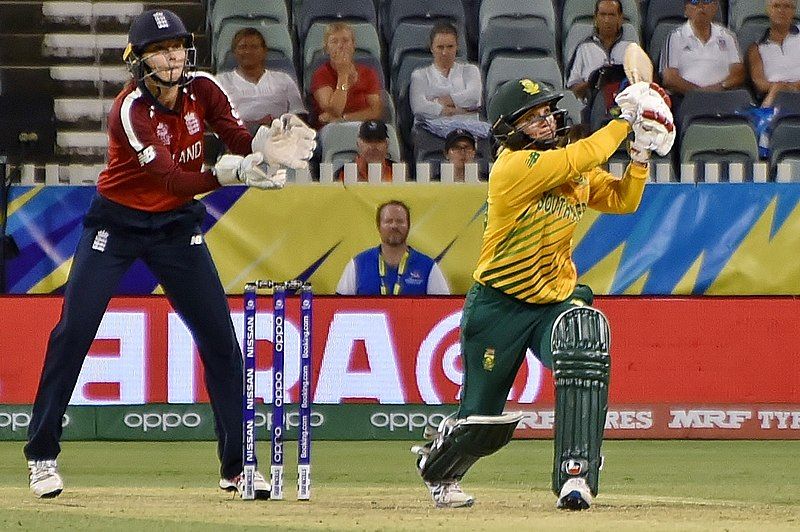Manchester’s study cafés
Manchester offers a wealth of wonderful cafés that are also perfect study spaces with inspiring and welcoming surroundings in which simply ordering a coffee grants a morning or afternoon in a cocoon of community. Sometimes a change of scenery is what we need for that productivity boost. The various study spaces around campus do fulfill our needs for concentration and focus, and the Ali G provides a 24/7 refuge for the nocturnal grafters among us, however cafés are another great place to indulge in a productive study session. As an avid lover of studying in cafés myself, here are four of my favourites.
Friska
Conveniently located on campus, Friska is a vibrant space which is quieter in the morning whilst in the afternoon the background noise becomes a hive of chatter, subtly accompanied by upbeat funk and electronic tunes. Long desk-style tables make up a third of its table space, all with plug sockets and plenty of space to spread out your study material. The full wall windows give plenty of light, and free WiFi is offered for one hour, however Eduroam should also appear as an option. Be warned – Friska gets busy in during lunch hours, so it is more difficult to grab a seat and the noise levels will increase!
As well as quality coffee in bright yellow cups, you can also treat yourself to breakfast and lunch. A little more pricey owing to its sustainable sourcing, there’s a range of delights inspired by cuisines around the world such as hot wraps, rice bowls, fresh sandwiches, and homemade cakes. With Friska’s loyalty app you can collect rewards for free food and drinks, and sometimes they have student discounts on food so keep an eye on their social media!
Anchor Coffee House
Anchor is an independent café tucked away at the start of the Curry Mile near Whitworth Park and is run by a team of volunteers. The front is reminiscent of the pub Anchor once was with bench seats stretching around one side of the room, all of which have access to plug sockets. The bright modern extension at the back is filled with green plants providing a pop of colour on every table. It’s fairly quiet and WiFi is available although this can be temperamental in the extension.
Anchor has gentle music which compliments the warm, rustic interior at the front to create a comforting and calm space to concentrate. The opening hours are sometimes subject to alteration due to sporadic volunteer shortages so it’s best to check their social media for closing time notifications.
North Tea Power
Located in the Northern Quarter, North Tea Power serves great coffee and a hefty selection of teas and infusions, as its name suggests, but there is also a small menu of all-day breakfast options. Particularly quiet in the morning, it’s a haven of minimalism with an accompanying hushed mix of alternative and folk music. But don’t overlook it’s non-assuming exterior, once you enter you’ll realise it makes for an inspiring and cosy place to study.
There’s unlimited free WiFi, and whilst the small back bench has plug sockets, I would suggest ensuring your devices are fully charged beforehand as the opportunities to charge them are restricted.
Ditto Coffee
Finally, Ditto is found near the Palace Theatre, so not far away from campus, which is a small and bright creative hub with minimalist decor. It’s curiously a sub-company of record label Ditto Music, the world’s largest label service provider, which has worked with artists such as Ed Sheeran, Aitch and Stormzy. Ditto Coffee fittingly combines a love of music and coffee to provide a space for productivity and promoting independent artists – it even has a demo disc dropbox for the chance to secure record deals with Ditto or to play at their in-house live events. The noise level can be a little higher due to Ditto’s position among many office buildings and working lunches and informal meetings seem to be a regular occurrence.
The staff are friendly, sparking up a chat as you grab a hot sandwich, piece of cake, or cappuccino. The one thing to be aware of is the invitation to put away laptops between 12 and 2pm, seemingly to boost their intake of lunch customers due to limited table space, and to encourage conversation. But around these hours a laptop is very welcome!
All in all, embrace the opportunity to try out Manchester’s cafés whilst you study — it might just be your cup of tea!


